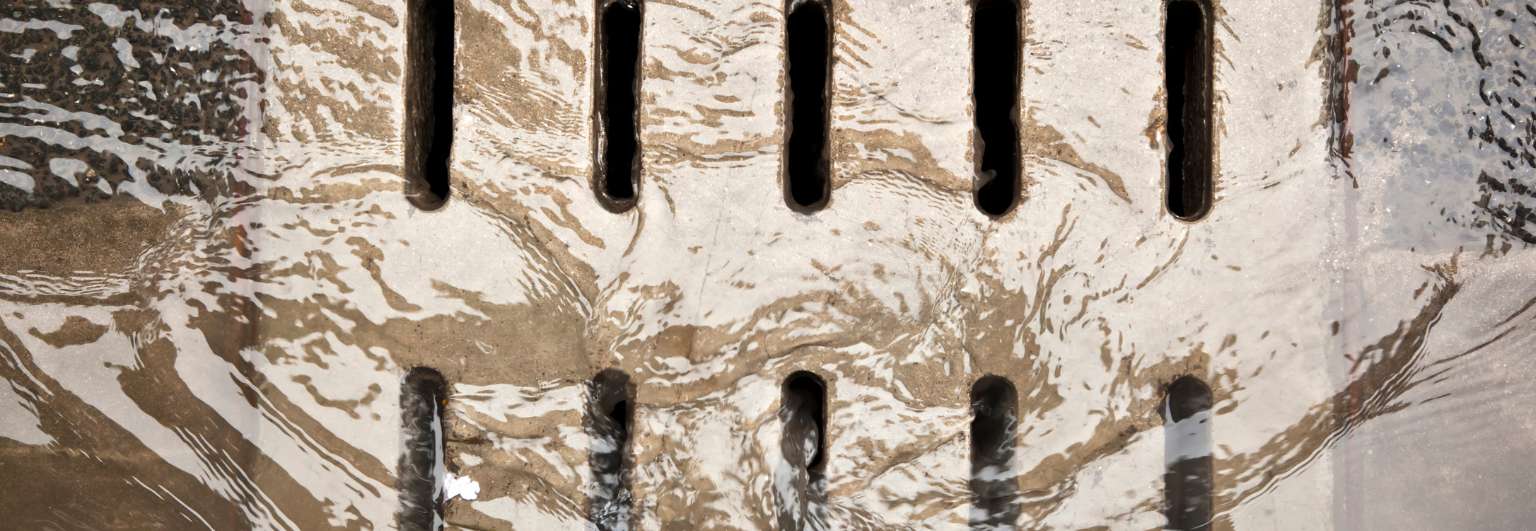
26 Mar Commercial Property Maintenance and Flood Preparedness
About The Author
 Joyce Reyes, CISR – Commercial Risk Advisor
Joyce Reyes, CISR – Commercial Risk Advisor
As a Commercial Risk Advisor, Joyce specializes in client service, generating new business opportunities while delivering personalized, ongoing solutions and support to ensure clients’ coverage continues to meet their evolving needs.
Owning commercial property comes with significant responsibilities, and keeping that property well-maintained is key to protecting your investment. One of the most underestimated risks businesses face is water damage—whether from heavy rain, burst pipes, or rising groundwater. However, it’s important to understand the difference between water backup and flooding, as insurance coverage for these events varies.
- Water backup is the backup of sewers, drains, sump pumps, or other plumbing systems.
- Flooding is caused by external water sources, such as heavy rain or rising bodies of water.
According to the National Flood Insurance Program (NFIP), flooding is defined as:
A general and temporary condition of partial or complete inundation of 2 or more acres of normally dry land area or of 2 or more properties (at least 1 of which is the policyholder’s property) from:
- Overflow of inland or tidal waters; or
- Unusual and rapid accumulation or runoff of surface waters from any source; or
- Mudflow; or
- Collapse or subsidence of land along the shore of a lake or similar body of water as a result of erosion or undermining caused by waves or currents of water exceeding anticipated cyclical levels that result in a flood as defined above.
Water damage can lead to expensive repairs and potential disruptions to operations. Proactive maintenance and flood preparedness can help minimize your risks. Here’s how:
Routine Maintenance for Property Protection
A well-maintained property is less likely to suffer costly damage. Routine maintenance will have your building safe, functional, and prepared for unexpected weather conditions. Consider these maintenance actions:
- Inspect & Maintain Roofing – Check for leaks, damaged shingles, or weakened sections that can allow water penetration. Clear downspouts and gutters to allow water to drain away from the foundation.
- Evaluate Drainage Systems – Ensure the drainage system is in good condition, as poor drainage can cause standing water and weaken structural integrity over time.
- Check Plumbing & Pipes – A burst pipe can cause as much damage as a large storm. Check and fix small leaks before they turn into large ones.
- Seal Windows & Doors – Water can seep through even the smallest openings. Regularly check seals and weather stripping to prevent water from entering.
- Maintain HVAC Systems – Inspect and maintain HVAC systems to ensure they function properly, as they help control humidity levels and prevent mold growth and water damage.
Flood Preparedness for Commercial Properties
Even with the best maintenance, floods can still happen. Having a plan in place is essential to reducing downtime and financial loss.
- Understand Your Risk – Evaluate whether your property is in a flood-prone area. Check flood maps and consult local authorities to assess your level of risk.
- Develop a Flood Response Plan – Train employees on flood safety procedures, including emergency shutdown protocols and evacuation routes. Assign responsibilities in case of an emergency.
- Elevate Critical Equipment – Store important documents, electronics, and expensive equipment above ground level or in waterproof containers.
- Install Flood Barriers & Sump Pumps – Protect your property by placing sandbags to block water flow and consider installing a sump pump to help manage water accumulation in the basement or crawl space.
- Review Your Insurance Coverage – Standard commercial property insurance may not cover flood damage. Flood insurance is a separate policy that provides an added layer of financial protection.
Preventative maintenance and an effective flood preparedness plan may reduce risks, but adequate insurance coverage provides an additional layer of security and protection when disaster strikes. Most commercial property insurance policies do not cover flood damage, and even dedicated flood insurance often excludes coverage for basements. Water backup coverage is also not automatically included in standard policies, so it’s important to review your options with your insurance agent.
If you’re unsure whether your business has the right protection, contact one of our talented Risk Advisors to review your policies and identify potential gaps.


No Comments